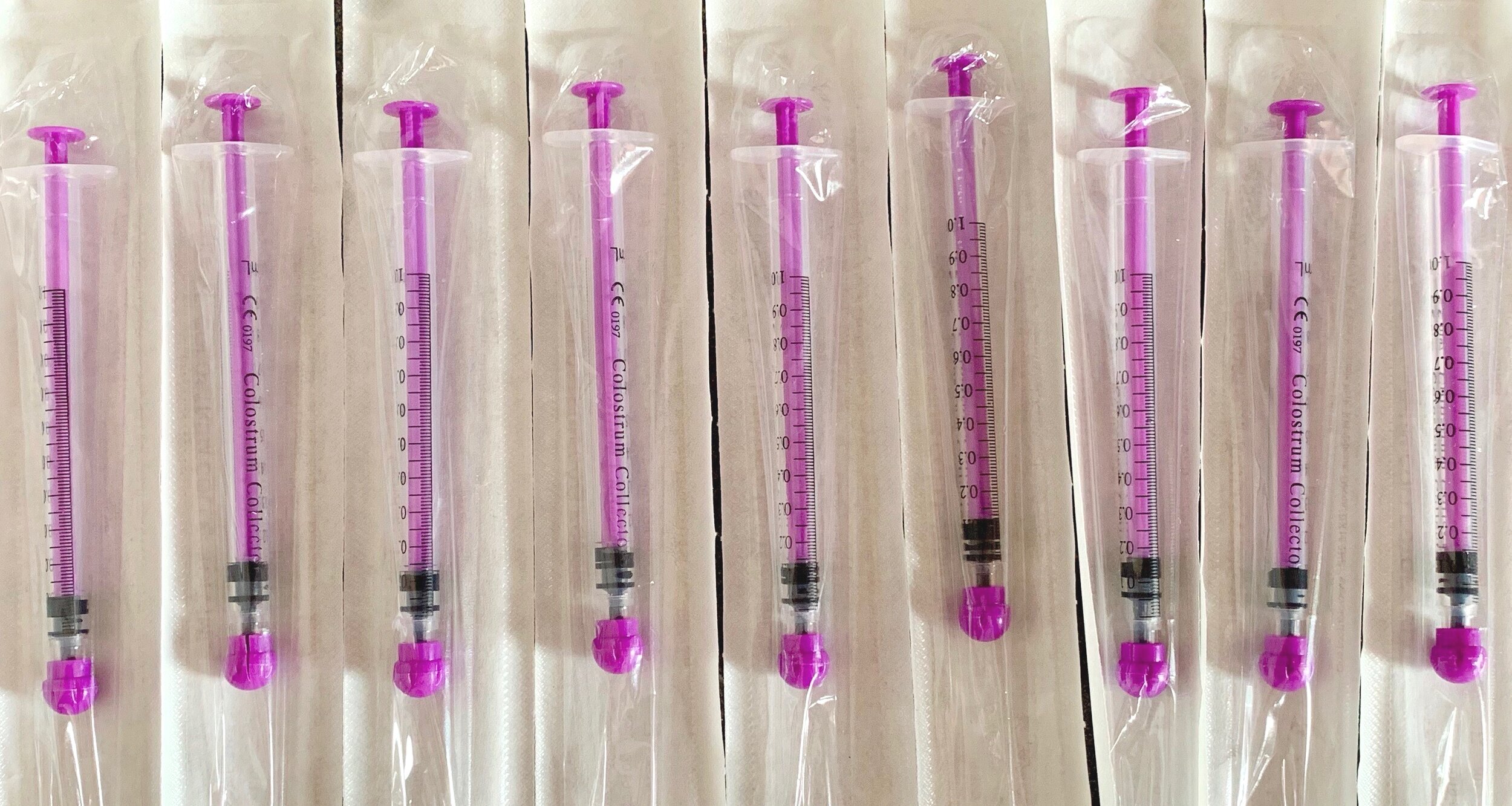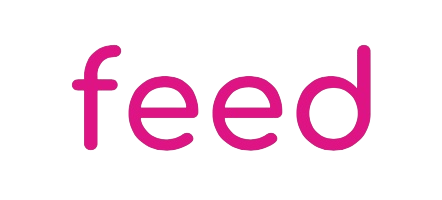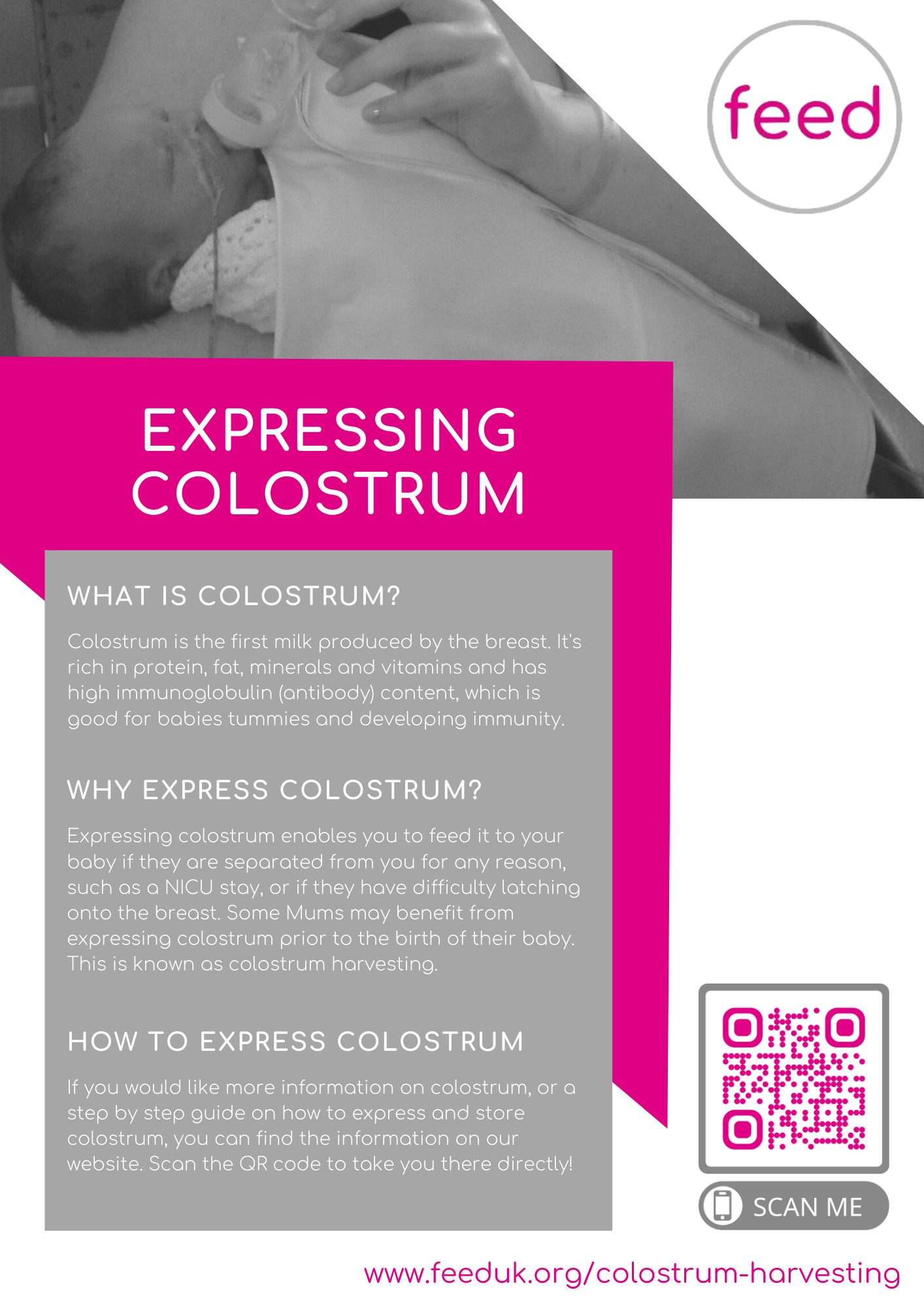
Colostrum harvesting
What is colostrum?
Colostrum is the first milk produced by the breasts during pregnancy and for the first few days after birth. It’s a sticky, yellowish fluid rich in vitamins, minerals, protein and fat and with a high concentration of antibodies called secretory Immunoglobulins (sIg’s). These immunoglobulins line the infant digestive system and, together with other infection fighting components in colostrum, help to protect babies against respiratory and gastrointestinal illnesses.
Should I offer my baby colostrum?
Like all infant feeding decisions, it’s a purely personal choice. Thanks to passive immunity received in the uterus via the placenta, human babies can thrive quite happily on formula from birth (unlike some of our friends in the animal kingdom who do need colostrum!).
If you don’t plan on breastfeeding long term, feeding colostrum will still be beneficial, especially for babies born prematurely and those who are at risk of necrotising enteritis (NEC).
How do I feed my baby colostrum?
Most Mums who choose to feed colostrum do so by breastfeeding. However, some people may prefer to express colostrum and feed via a syringe or small bottle. This can be useful if your baby has to be separated from you, such as for a NICU stay, or if your baby has problems latching. Some women choose to express because they have personal reasons for not breastfeeding.
Preparation
You will need a sterile syringe or a small sterile cup. Ask your midwife for a colostrum harvesting kit as they may be able to supply you with everything you need, as well as give you good tips and guidance on how to get going.
Wash your hands and get yourself comfy. Have your sterile syringe at the ready!
Hand express the colostrum
Start by gently massaging your breast from your armpit towards the nipple.
Then using your thumb and fingers, create a C shape on the breast around the nipple area.
Feel for a change in breast tissue outside the nipple area, perhaps a small ridge, as this is where you need to compress your breast.
Gently compress - this should not hurt - and then release and repeat.
You may not get any colostrum at first but you can try again.
At first, only drops will appear but your supply will build up with regular expressing.
Collect any drops of colostrum with your sterile syringe.
Once the flow stops, work around your breast to ensure all the ducts are emptied. Think of your breast in 4 sections and aim to empty each section. Don’t forget that breast tissue extends into the armpit, which is why gently stroking to start can help stimulate flow.
Have a go at the other breast. It may take several attempts to nail the technique so getting someone to help you the first time, like a midwife or lactation consultant, would be beneficial.
Feed!
If your baby is already here, you can feed the colostrum directly from the syringe or cup. Some sterile containers have disposable teats that can be screwed on to turn them into mini bottles.
Should I harvest colostrum before giving birth?
Expressing and storing colostrum prior to birth is called colostrum harvesting. For most, this will not be necessary but certain groups of Mums may benefit from collecting colostrum prior to the arrival of their baby. These groups include:
Mums who know their babies may have difficulty latching from birth. This includes babies with cleft lips, congenital conditions such as Down’s syndrome or who are small or premature (which you may have a family history of).
Mums of multiples. With twins or triplets on the way it can be handy to have a stock pile for two, or three, ready to go!
Mums with gestational diabetes. Babies born to mums with diabetes are at risk of neonatal hypoglycaemia, aka low blood sugar. This is risky for new borns and the best treatment is lots of colostrum. More information on this can be found here.
Mums taking beta blockers for high blood pressure.
Mums who have had breast surgery or diagnosed with breast hypoplasia
Anyone can harvest their colostrum before their baby is born from 36 weeks gestation onwards. However, occasionally hand expressing when pregnant can stimulate contractions, so speak to your midwife prior to attempting colostrum harvesting. If you have any contractions while expressing colostrum, stop and contact your midwife immediately.
So how do you do it?
Follow the guidance above on preparation and have your harvesting kit at the ready. If you manage to express some colostrum you can store it until the big day arrives!
Store it
You can store your colostrum syringes or cups in the freezer labelled with the date it was collected. If you are planning on taking your colostrum to hospital with you make sure to write your name on it as well.
Transport it
Pack your colostrum into a cool bag with ice packs to transport it and thaw it in the fridge at your destination. Once it’s thawed you must use it within twelve hours.
It’s a good idea to leave the colostrum at home until your baby is born and then ask a loved one to bring it in for you if you need it, because if your labour takes longer than twelve hours you will be unable to use your stash and all that hard work will go down the drain…. literally! If you don’t need it while in hospital it will be there waiting for your baby when you get home.
We have produced a handy ‘kit card’ for your colostrum harvesting kit so that support and information are never far away!






